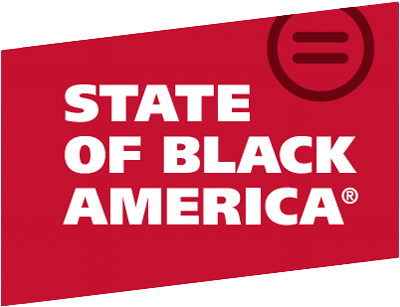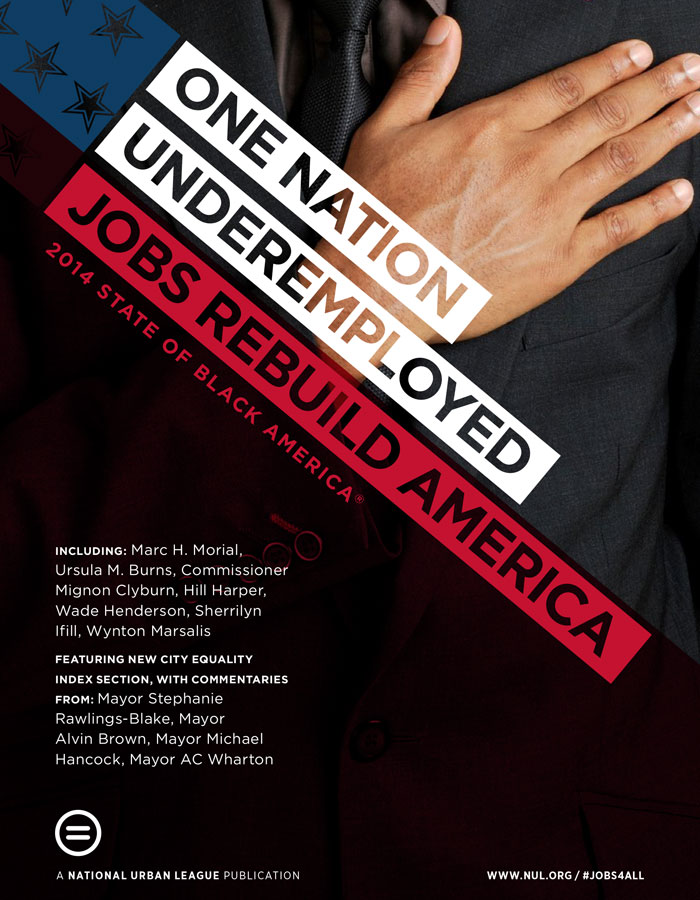2014 Report
The "2014 Equality Index" report is a comprehensive and insightful publication that delves into the state of racial and economic equality in America. Published by the National Urban League, the report provides a detailed analysis of the disparities and challenges faced by African American and Hispanic communities in the United States. One of the key features of the 2014 report is its focus on underemployment as a significant issue, emphasizing how it is intricately linked to broader economic and social inequalities.
The report includes a variety of contributions from notable figures and experts, offering diverse perspectives on the issues at hand. It presents an Equality Index section, which is a significant component of the report, providing quantifiable measures of the disparities between African American, Hispanic, and white communities in various aspects such as employment, income, health, education, and social justice.
Additionally, the report highlights the ongoing challenges in the labor market, income inequality, and the impact of these issues on different racial and ethnic groups. It also discusses the broader implications of these disparities on the nation's economic health and social fabric. The 2014 Equality Index is not just a collection of statistics; it is a call to action, urging for policies and initiatives that can address these deep-seated inequalities and move towards a more equitable society.
Equality Index
The "2014 Equality Index," an influential report published by the National Urban League, provides an in-depth analysis of racial and economic disparities in the United States. It primarily focuses on the African American and Hispanic communities, highlighting underemployment as a pivotal factor contributing to wider economic and social inequalities.
This report methodically presents data and insights across key areas such as employment, income, health, education, and social justice, offering a quantifiable measure of the gaps between African American, Hispanic, and white communities. It not only sheds light on the persistent challenges faced by these communities but also serves as a critical call for policy interventions and efforts towards building a more equitable society.
Learn more Download


